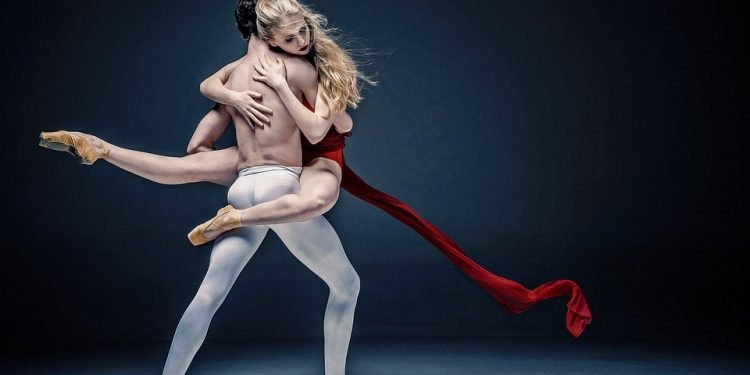Dance is a universal form of self-expression that has been a part of human culture for centuries. It is a vibrant and dynamic art form that reflects the traditions, beliefs, and values of a society. Dance is not only a form of entertainment, but it also holds deep cultural significance and serves as a means of preserving and transmitting cultural heritage.
Around the world, different cultures have their own unique styles of dance, each with its own set of movements, rhythms, and meanings. From the graceful and elegant ballet of Western Europe to the lively and energetic Bollywood dance of India, dance is a reflection of the diversity and richness of human culture.
In many cultures, dance plays a significant role in social and religious ceremonies. For example, in many African cultures, dance is a fundamental part of traditional rituals, such as coming-of-age ceremonies, weddings, and funerals. These dances often convey important cultural values, such as respect for elders, the importance of community, and the celebration of life’s milestones.
In many parts of Asia, traditional dance forms are deeply rooted in religious and spiritual practices. In countries like Japan, India, and Indonesia, dance is performed as a form of worship, with movements and gestures that communicate stories from religious texts and mythology.
In Indigenous cultures around the world, dance is used as a way to connect with nature and the spiritual world. Through intricate movements and rhythmic patterns, Indigenous dance communicates stories of creation, survival, and the connection between humans and the natural world.
Dance also serves as a form of resistance and empowerment in many cultures. In the African diaspora, dance forms like jazz, hip-hop, and salsa have been used as a means of reclaiming identity, expressing resistance to oppression, and fostering a sense of community and solidarity.
One of the most powerful aspects of dance is its ability to bridge cultural divides and bring people together. In today’s globalized world, dance has become a tool for cultural exchange and understanding. Through international dance festivals, workshops, and collaborations, artists from different cultures come together to share their traditions, learn from each other, and celebrate the beauty of diversity.
In conclusion, dance is a vital part of human culture that transcends boundaries and connects people from all corners of the globe. It reflects the traditions, beliefs, and values of a society and serves as a means of preserving and transmitting cultural heritage. By exploring the cultural significance of dance around the world, we gain a deeper understanding of the diverse and beautiful tapestry of human experience.








